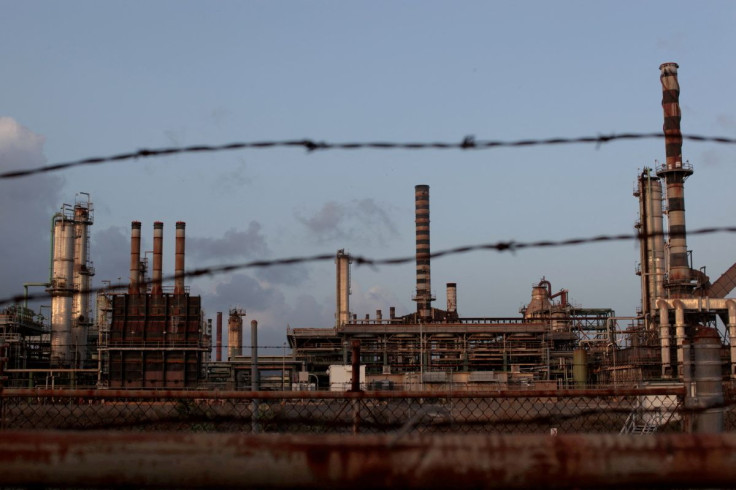Surge In U.S. Renewable Diesel Supply Won't Offset Loss Of Petroleum Diesel

A flood of U.S. renewable diesel plants set to come online in the next three years will not be enough to offset the loss of petroleum diesel refining capacity from plant closings since 2019, a Reuters analysis of federal data shows.
U.S. refining capacity has declined in the last two years, as plants shut during the outset of the coronavirus pandemic, causing prices to spike. Several plants are being converted to facilities that can produce cleaner-burning renewable diesel, but at least for now, those facilities will not fully replace those refined barrels.
There are at least 12 renewable diesel projects worth more than $9 billion under construction, with another nine proposed. The 12, along with existing plants, are expected to produce about 135,000 barrels per day (bpd) of renewable diesel by 2025 according to EIA data, from around 80,000 bpd now.
However, since 2019, diesel production capacity has dropped by about 180,000 bpd total, according to the U.S. Energy Information Administration, and at least one more U.S. refinery is set to close next year, further reducing output. In addition, those refiners set to produce renewable diesel will also no longer produce gasoline or jet fuel.
Globally, about 400,000 bpd of combined diesel, jet fuel and fuel oil capacity has been lost since 2019, according to calculations from EIA data.
Renewable diesel is made from animal fats, food wastes and plant oils but is chemically equivalent to petroleum-based diesel. It can be produced in existing refinery equipment, but the yield are lower than with diesel. Biodiesel, another plant based diesel, must be mixed with petroleum to operate effectively in most engines, though some truck fleets can run on 100% biodiesel.
Growing demand and refinery losses have pushed diesel prices to record levels. The retail price of U.S. diesel has surged 80% this year to $5.78 a U.S. gallon, and low inventories have raised the potential for shortages. U.S. stocks of distillates, including diesel, are down 19% from a year ago.
About 1 million bpd of new petroleum refining capacity is planned in the next five years in Asia, the Middle East and on the U.S. Gulf Coast. But experts say startups are difficult to predict due to construction delays, changes in market demand and financing.
BIODIESEL PIVOT
U.S. refiners joined the renewable fuels bandwagon two years ago as the pandemic slashed fuel demand and environmental pressures led several to choose de-carbonizing over shuttering facilities.
Marathon Petroleum's 166,000 bpd Martinez, California refinery and Phillips 66's 120,200 bpd Rodeo refinery, also in California, converted to renewable diesel facilities. Combined, they will produce 100,000 bpd of renewable diesel by 2023.
HF Sinclair converted a 52,000-bpd Cheyenne, Wyoming, refinery to produce 6,000 bpd of renewable diesel. Canada's former Come-by-Chance refinery aims to begin producing 18,000 bpd of renewable fuels by 2024.
"These projects should bring incremental barrels in the next few years, but not now when they would be more needed," said Ravi Ramdas, managing director of energy consultancy Peninsula Energy.
Renewable fuel profits have been bolstered by states, led by California's Low Carbon Fuel Standard, that reward producers with tradable credits for producing renewable fuels.
However, the credits are now trading at about $80 per ton, down from $200 per ton in 2020, when the majority of these projects were proposed. California regulators are currently considering whether to require the state to reduce the carbon intensity of transportation fuels by a greater amount, which could bolster credit prices.
Still, U.S. refiners say they are not backtracking on renewable diesel projects.
The cost of vegetable oils used to make renewable diesel also has shot up following Russia's invasion of Ukraine. Soybean oil, a popular refinery feedstock, is up 40% year-over-year, while crude oil is up more than than 60% in that time.
© Copyright Thomson Reuters 2024. All rights reserved.











